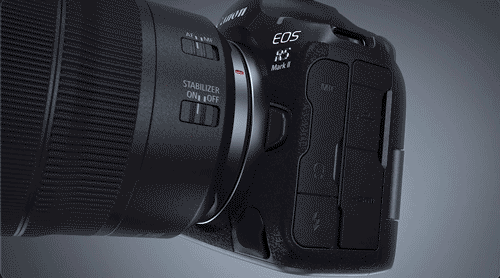
Canon has announced its Canon EOS R5 Mark II professional camera, the follow-up to the four-year-old EOS R5 that launched back in July 2020 – and is still widely regarded as one of the best full-frame mirrorless cameras ever made. Canon claims the new Mark II model is "the pinnacle of all-round versatility and hybrid creativity".
The EOS R5 Mark II launches in tandem with the new flagship Canon EOS R1, which now sits at the top of Canon's mirrorless hierarchy and takes the mantle as the new flagship. This is important because much of the internal tech is shared between the two – though both also have specific features, design choices and price points that will make them suitable for different professions.
Let’s start with what the R5 Mark II and R1 share in common. Both are unsurprisingly speed demons, using Canon's new Accelerated Capture system. This is a twin processor setup where the Digic X Processor is paired with a new Digic Accelerator processor for faster autofocus, precise and predictive tracking even through obstacles, increased frame rates, reduced rolling shutter and face-specific subject tracking.
Both cameras make use of newly designed back-illuminated stacked sensors, said to improve noise reduction and boost detail. The improved in-body image stabilization promises up to 8.5 stops of compensation in the center and, in a nod to new CIPA rating, 7.5 stops in the corners.
ABOVE: Watch the Canon EOS R5 Mark II launch video
When it comes to resolution we see our first difference between the bodies, as the R5 Mark II has twice the number of megapixels at 45MP compared to the R1's 24.2MP.
While the native resolution of the EOS R5 Mark II stays identical to its predecessor, both cameras benefit from a slew of neural network image processing features including in-camera upscaling. This quadruples the resolution of an image to produce 180MP files – after using it, my colleague James is so impressed that he thinks this technology will change cameras forever.
Canon says the new sensor design will improve detail, noise reduction and rolling shutter defects. It claims that the R5 Mark II has a faster signal readout, making rolling shutter about 40% less than seen in the EOS R3 and a 60% improvement over the original EOS R5, which makes its electronic shutter comparable to the mechanical shutter found on the EOS-1D X Mark III DSLR.
The top mechanical shutter speed for the EOS R5 Mark II remains unchanged at 12fps, though the electronic shutter has been boosted by 50% from 20fps to 30fps. It can also shoot at shutter speeds as fast as 1/32,000 sec, a notable improvement over the original R5’s top 1/8,000 sec.
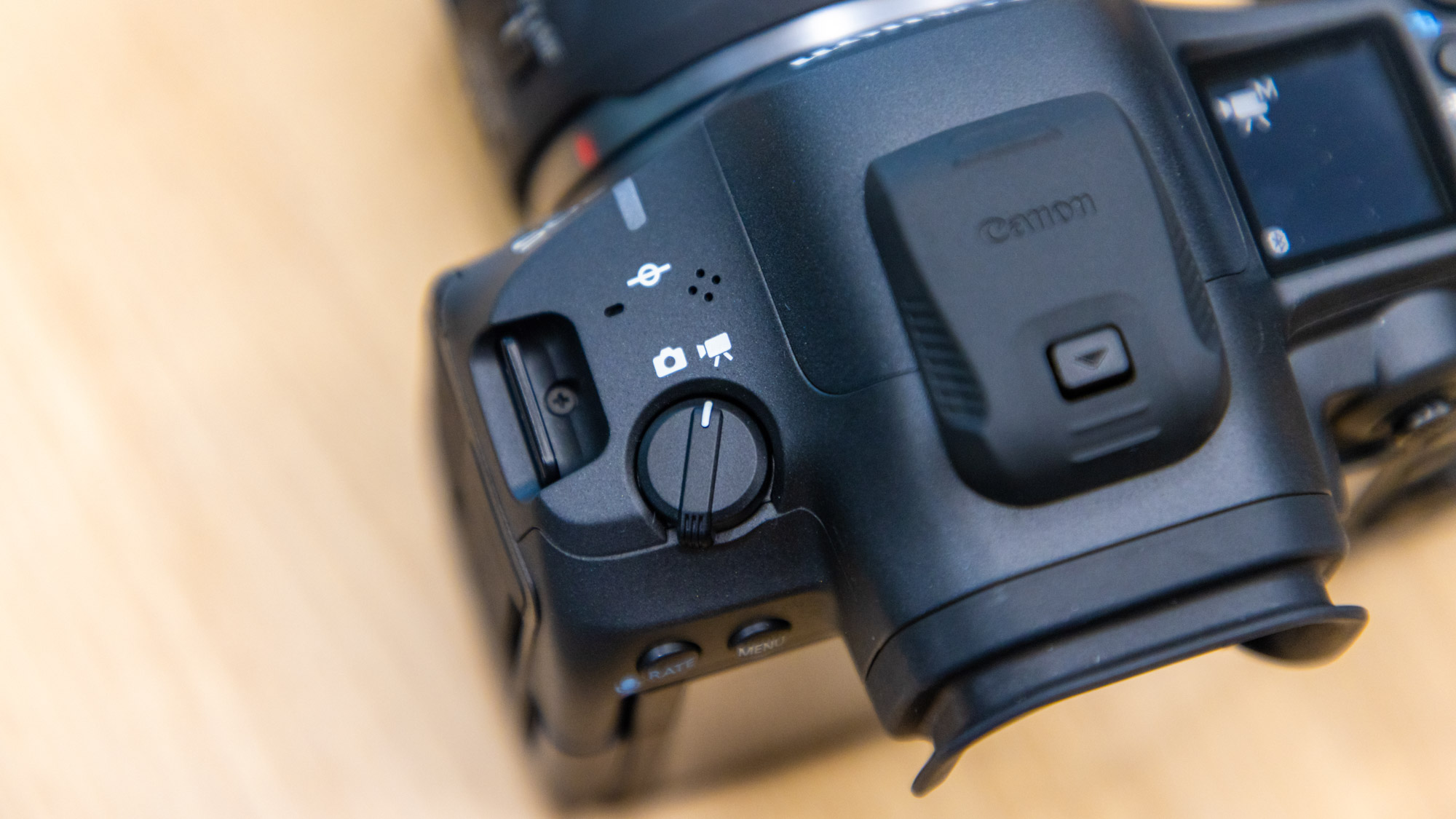
There’s also a new pre-continuous shooting mode, where the R5 Mark II can buffer 15 frames while the shutter release is half-pressed – helping you to catch any action that has started before you’ve fully depressed the shutter.
The EOS R5 Mark II and the EOS R1 are the first Canon cameras to support the higher transfer speeds of Wi-Fi6E/11ax 6GHz in-body. While the EOS R1 comes with a 2.5Gbps Ethernet RJ45 port built-in, it's omitted on the EOS R5 Mark II – though it can gain this functionality when combined with either of the new BG-R20ET or CF-R20EP battery grips.
When it comes to video the EOS R5 Mark II can record up to 8K 60p RAW, with humongous frame grabs of 35.4MP possible from 8K DCI footage or 8.8MP from 4K DCI. It can also record 4K 60p SRAW (small RAW), and 4K 120p video can now be captured with audio – and it can all be filmed in Canon Log 2 or 3.
With Dual Shooting you can record photos and videos at the same time (to different memory cards), which speeds up the process compared to extracting stills from video after the fact. There are limitations here, as video is restricted to FullHD 30p and stills are only 33.2MP, but for news organizations and reporters this could be a valuable tool.
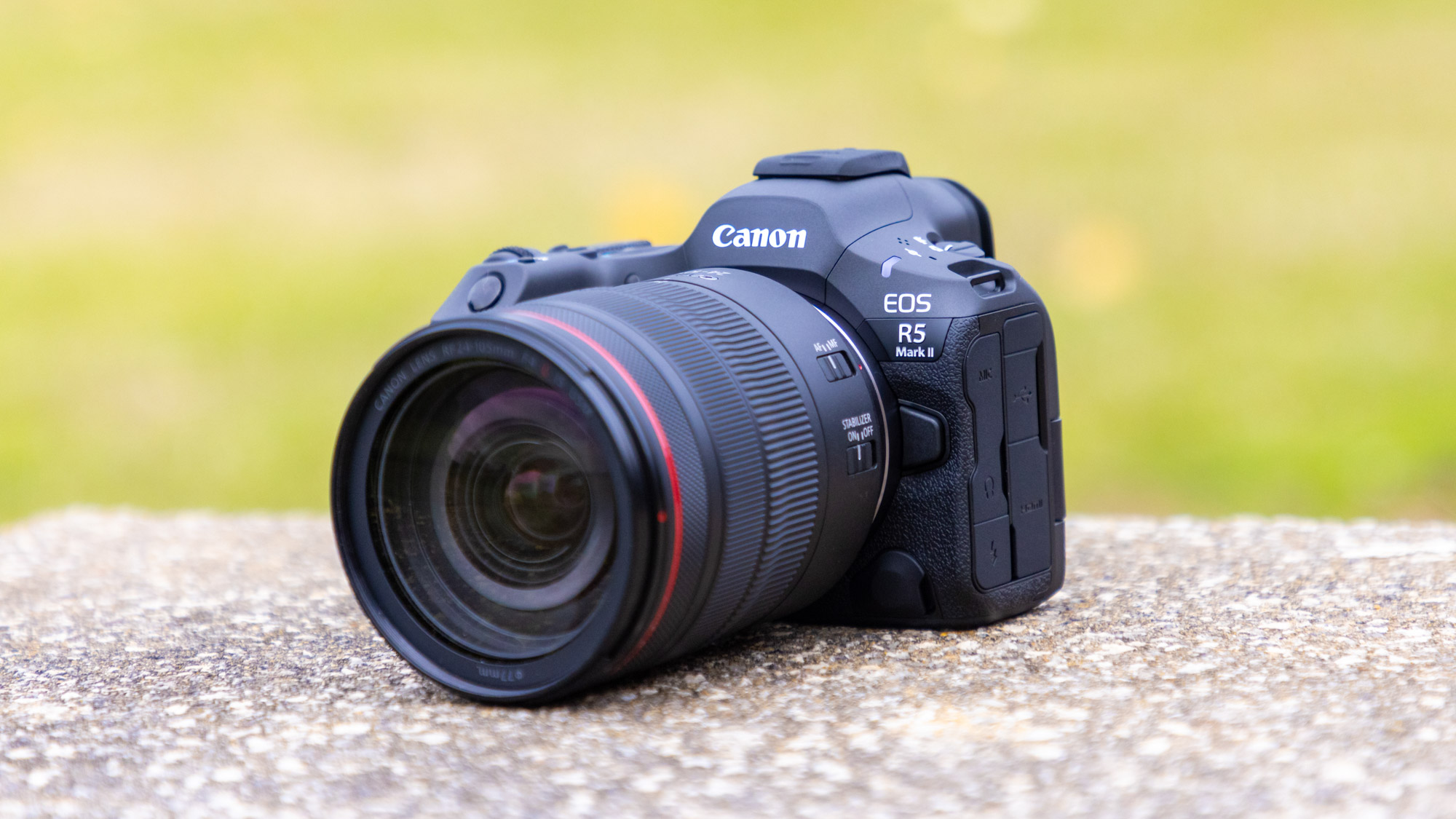
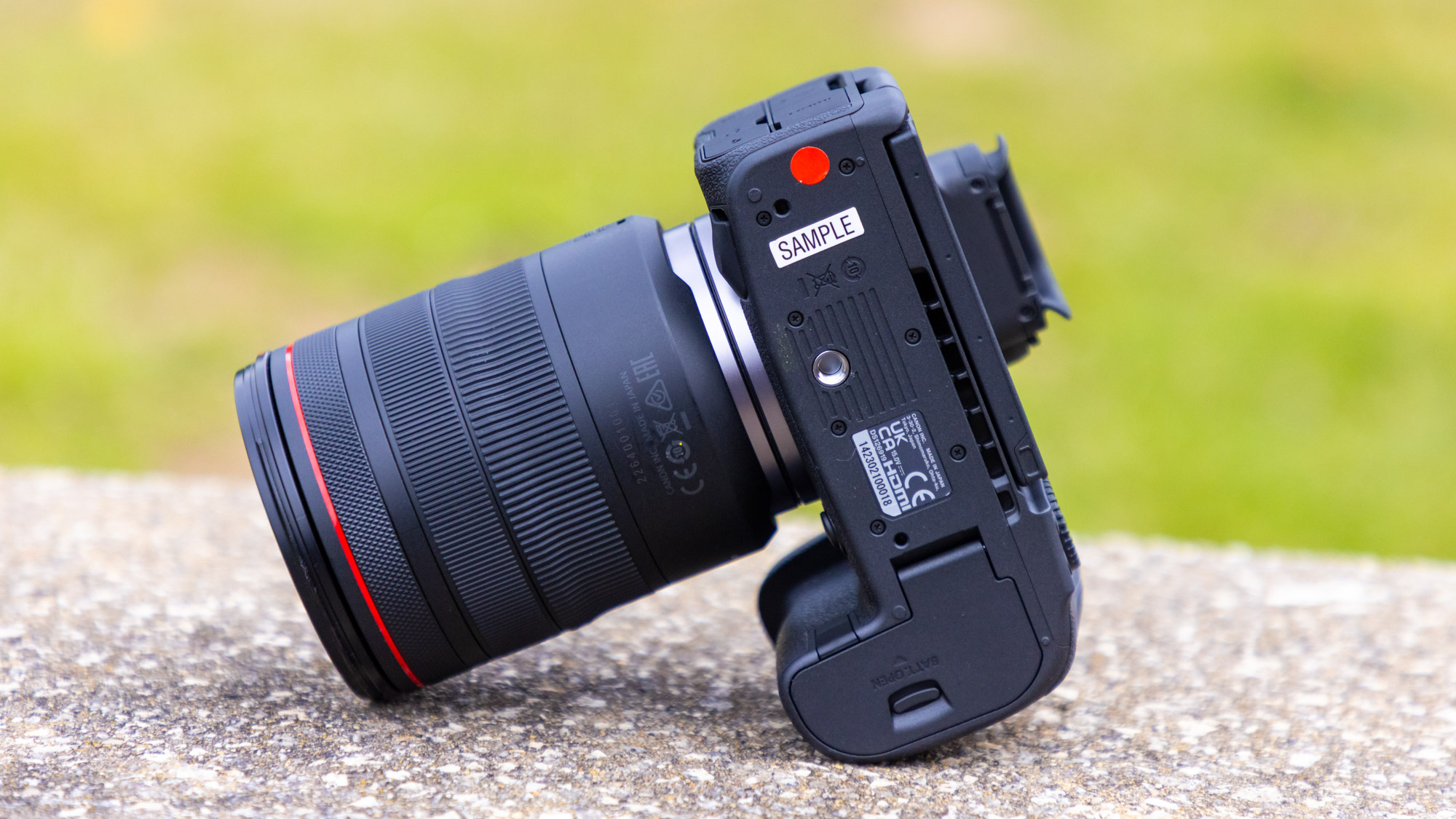
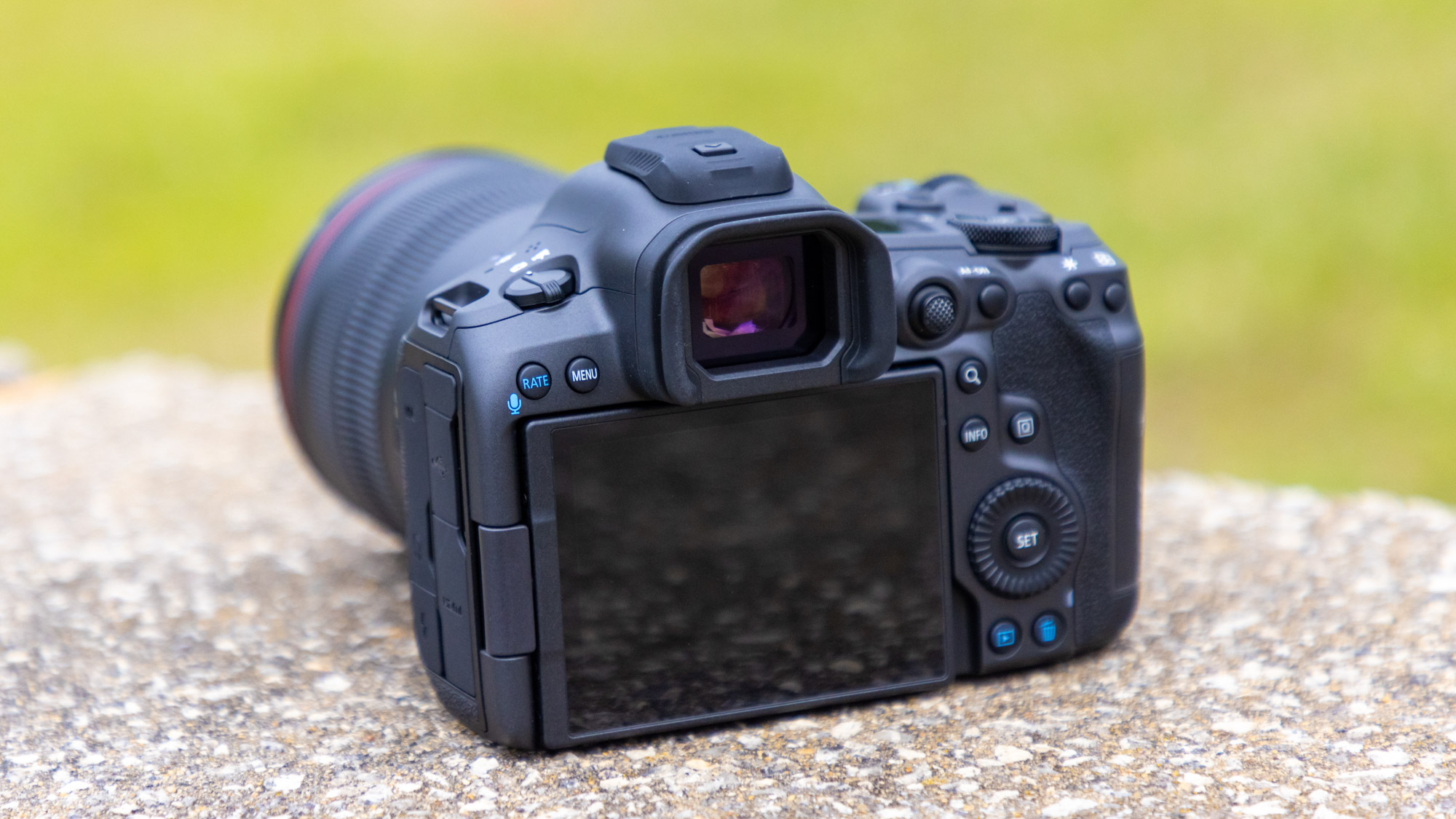
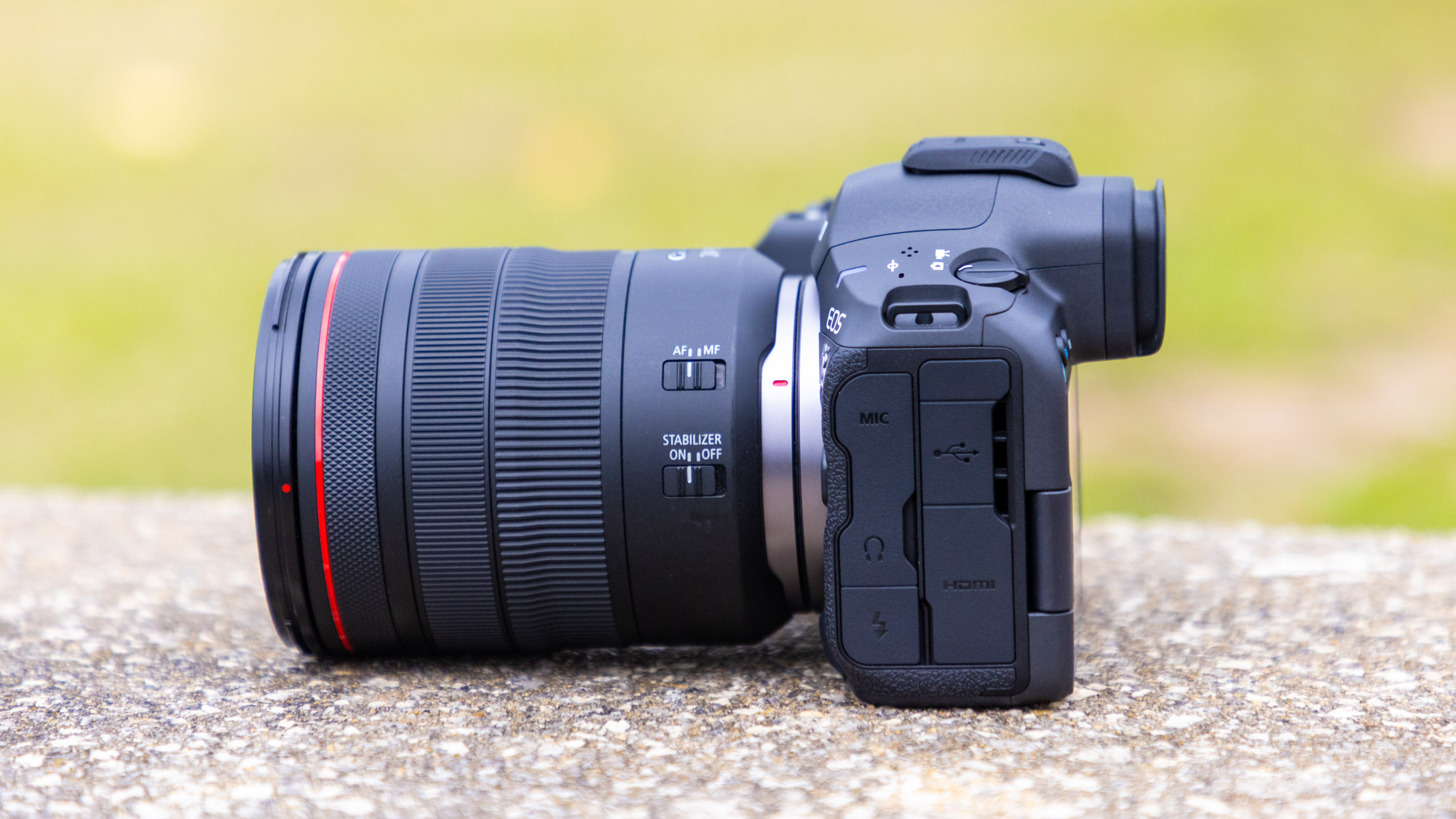
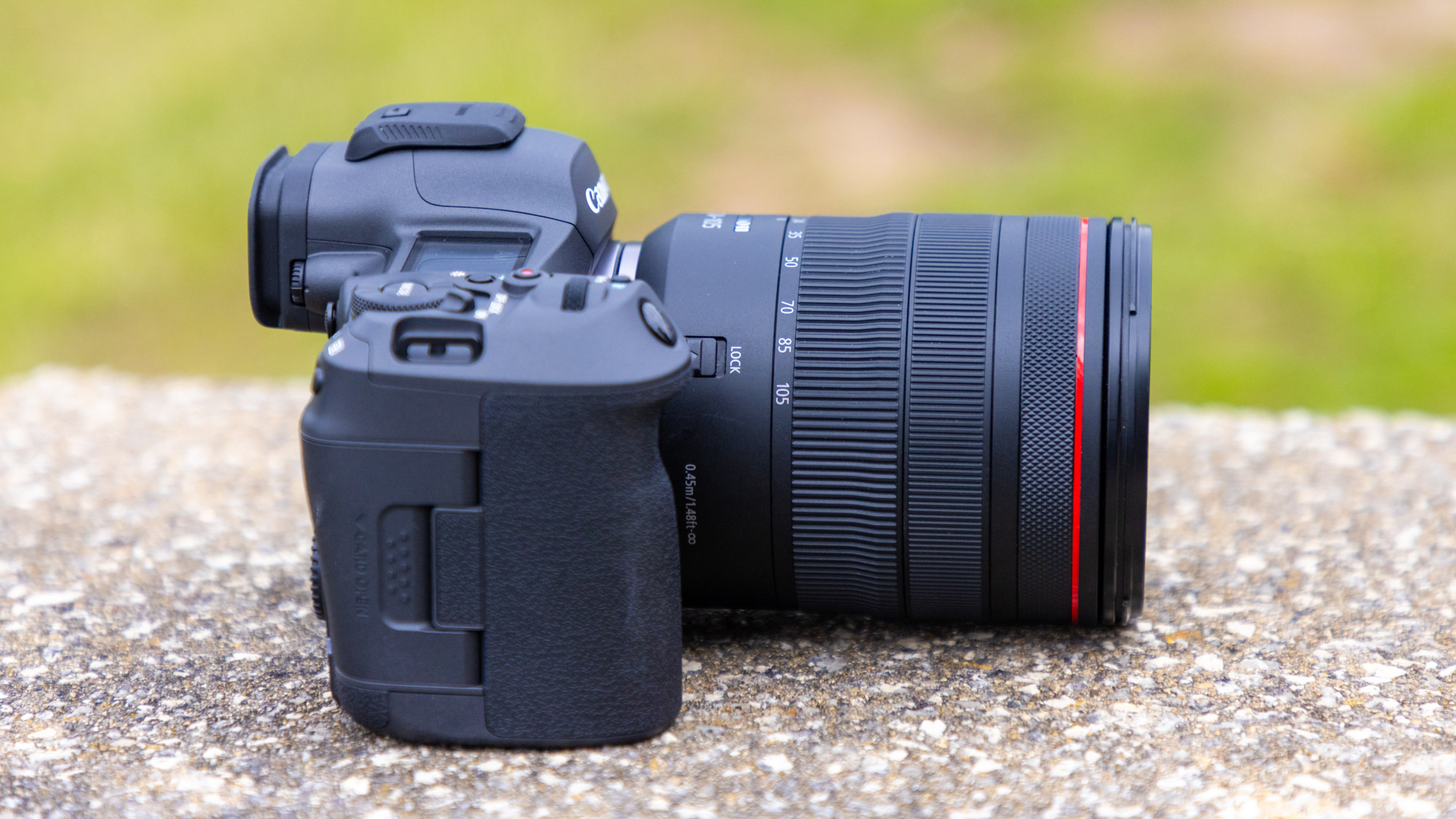
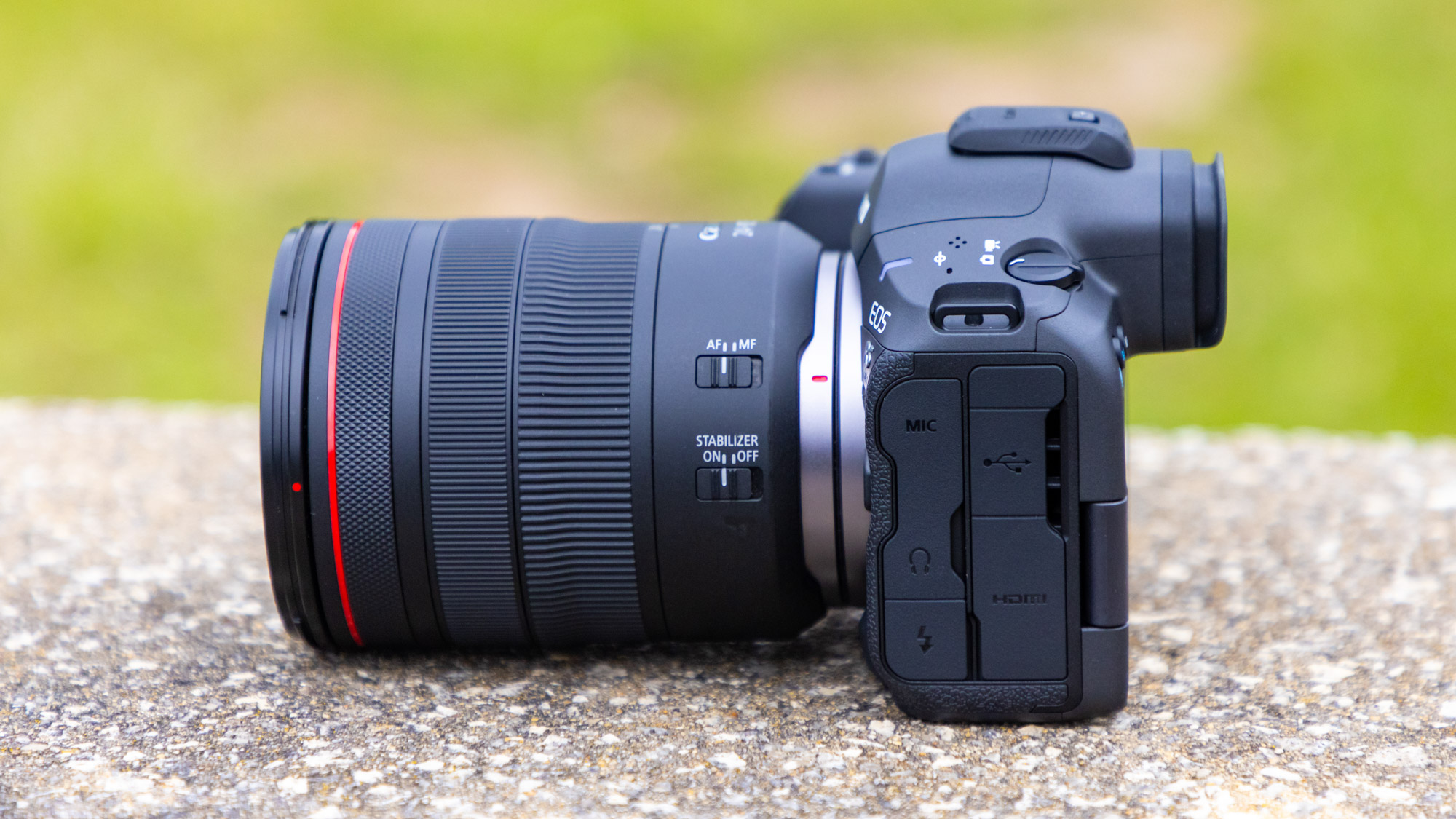
The EOS R5 Mark II can also record 4-channel 24-bit audio, and now follows the industry standard for MP4 file naming.
There’s also a neat feature for creators making virtual reality content with Canon's Dual Fisheye lenses, as there’s a new VR playback mode. Rather than showing you the split feed of each fisheye lens (like looking through a pair of binoculars), the system now shows you a single view – making it more accessible to review your 3D 180º VR content.
The updates to the EOS R5 Mark II aren’t just internal, as there are some big updates to its build and appearance as well. The power switch has now been moved to the top-right command dial, following the likes of the EOS R6 Mark II, and the position of the old ON / OFF switch has now been swapped for a photo / video mode selector.
Also on top you’ll see the Multi Function Shoe, which can provide power and communication to Canon’s latest hotshoe peripherals. The original R5 was one of its last cameras to feature the old-style shoe, so this is a big step up for the Mark II.
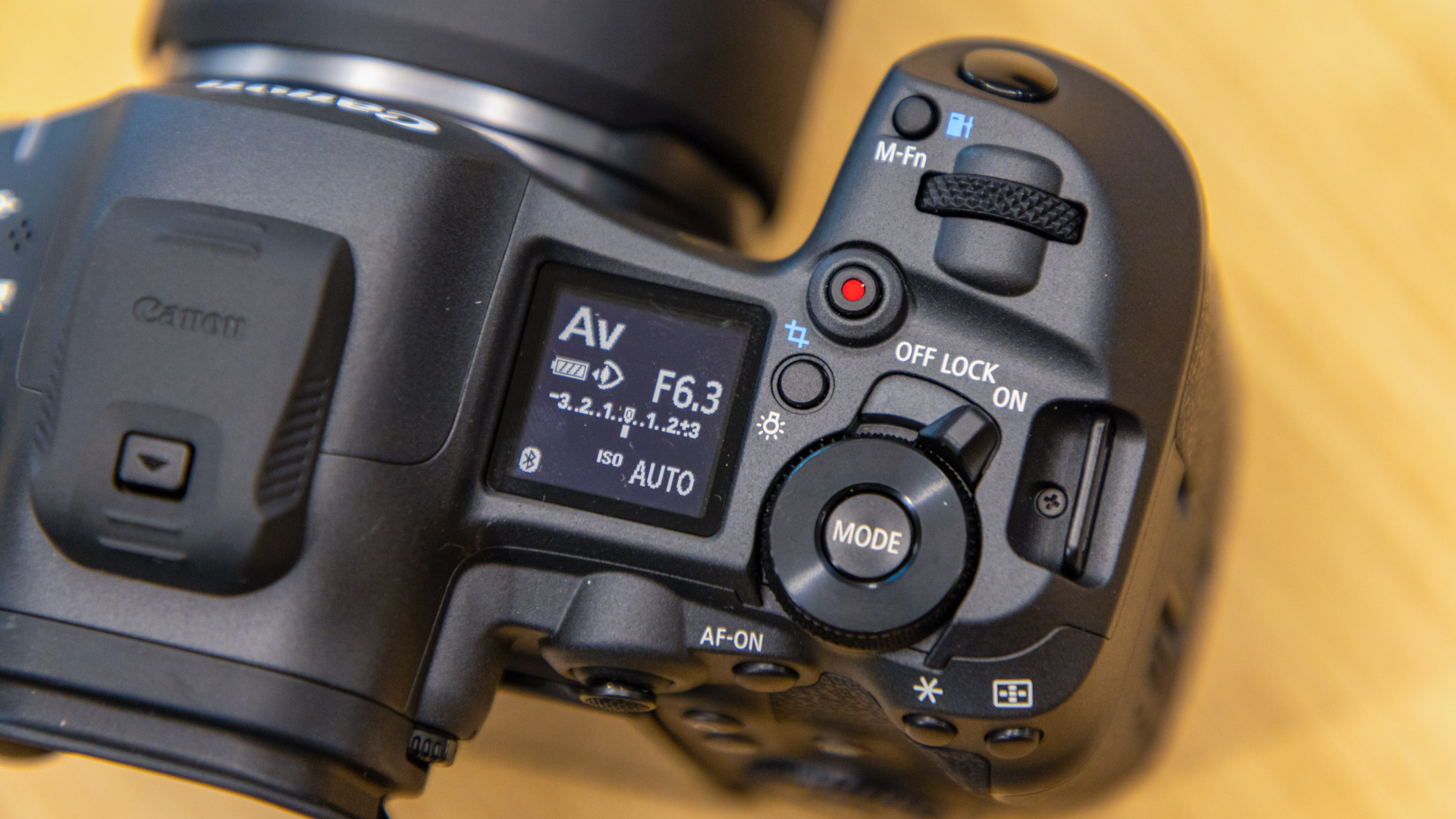
The vari-angle LCD display on the back is nearly identical at 3.2” with a resolution of 2.1m dot, and while the OLED electronic viewfinder looks bigger (quite possibly to fit in the new Eye Detect AF tech) it also remains at 0.5” with a resolution of 5.76m dot, that's not to mean it isn't upgraded though, Canon claims it is now ‘blackout-free’, fog resistant and also twice as bright.
While the body of the Mark II only weighs 6g more than its predecessor it is 3.7mm taller and 5.5mm deeper, this is I suspect to make way for the larger EVF housing or the vents behind the LCD screen. The body itself is made from a lightweight and durable magnesium alloy.
The ports on the side of the new model remain largely unchanged, though we now see a full-fat HDMI port replacing the micro-HDMI port on the original. Crucially, around the ports and on the base we can see several vents for better air circulation.
Canon clearly wants to avoid the overheating controversy it faced with the original R5 and told me that the overheating issues with the original EOS R5 were initially caused by its high bitrate. Accordingly, the new model has many different bitrate options.
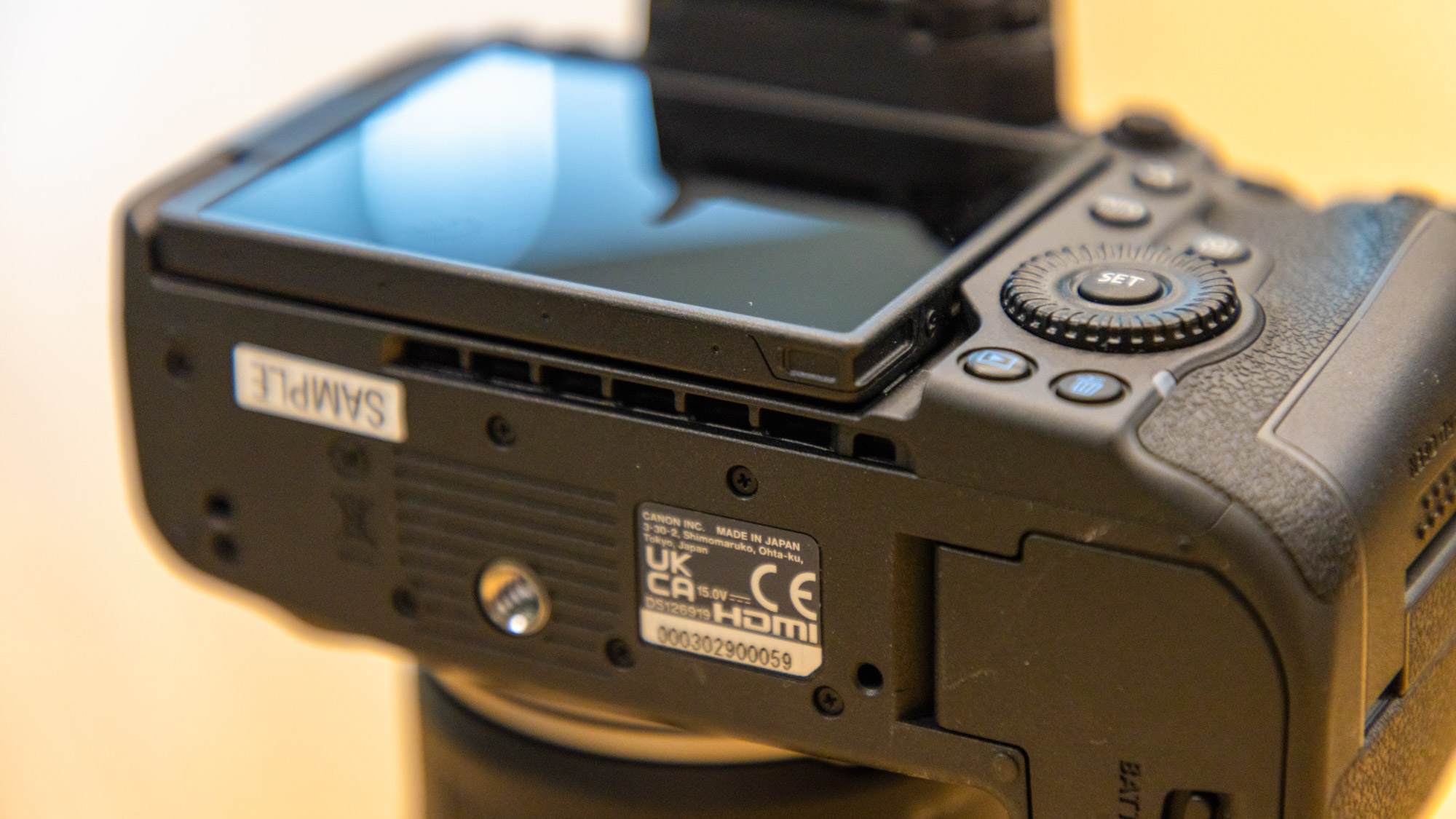
In addition, there’s better heat management thanks to a passive cooling system, combined with a heat-dissipating structure using a graphite sheet and aluminum plate to transfer heat from the sensor to the exterior. And when the new optional CF-R20EP battery fan grip is attached, the passive cooling system becomes an active one that pushes air through the innards via the vents.
This removes all restrictions on 4K 60p shooting, taking it from 45 minutes with the camera alone and giving you unlimited recording time when using the grip. It also extends the camera's base 8K 30p capture from 26 minutes to over 120 minutes.
Several enhancements have been applied to the EOS R5 Mark II’s autofocus using a new Dual Pixel Intelligent AF system, with advanced subject detection for horses, airplanes and trains, and is said to maintain autofocus at -6.5EV, compared to the -6EV of its predecessor.
It also boasts Improved Eye Control AF, enabling you to move focus points around simply by looking around the electronic viewfinder – which now has twice the detection frame rate of the EOS R3 and an increased size of the eye detection area.
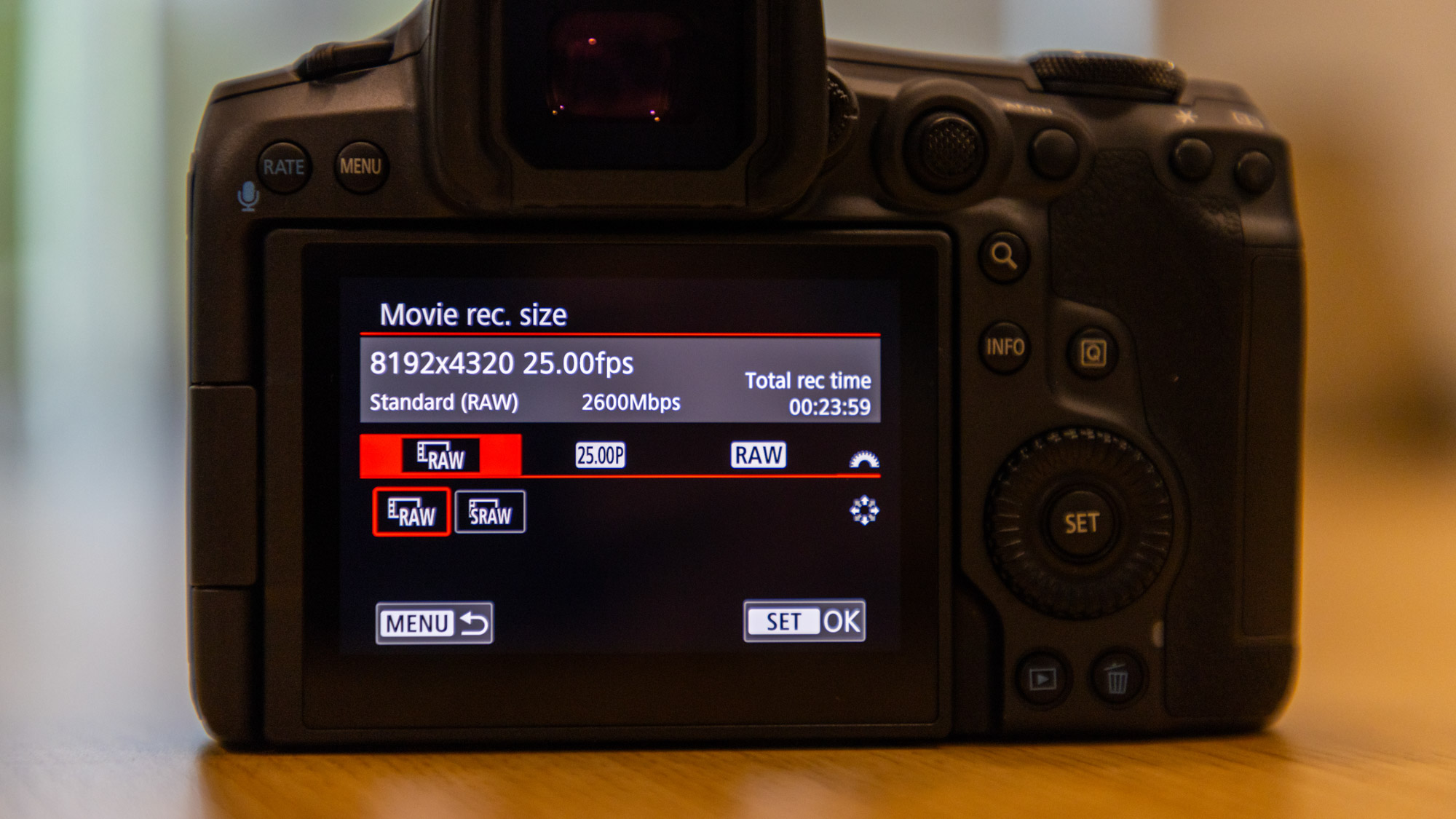
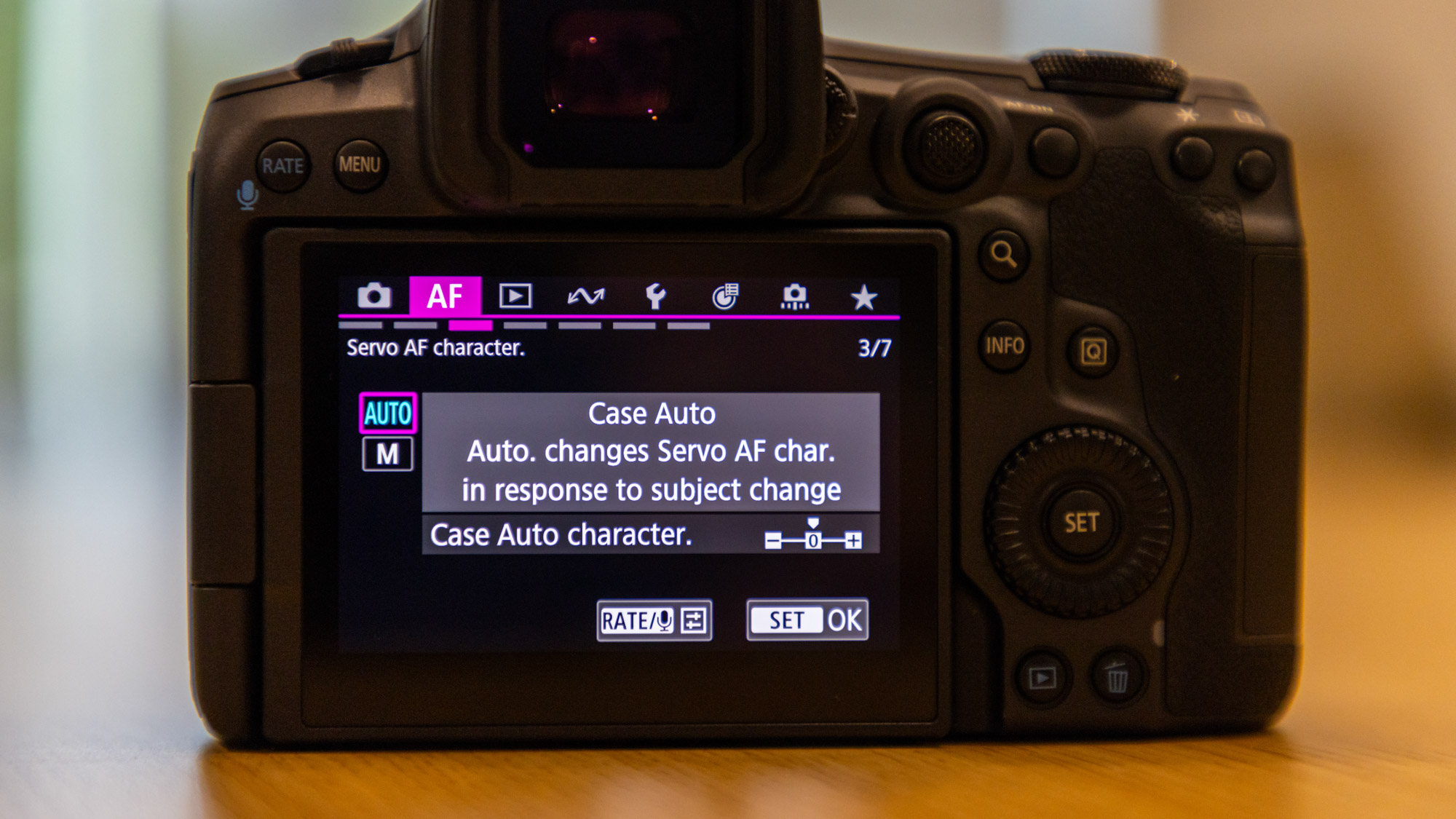
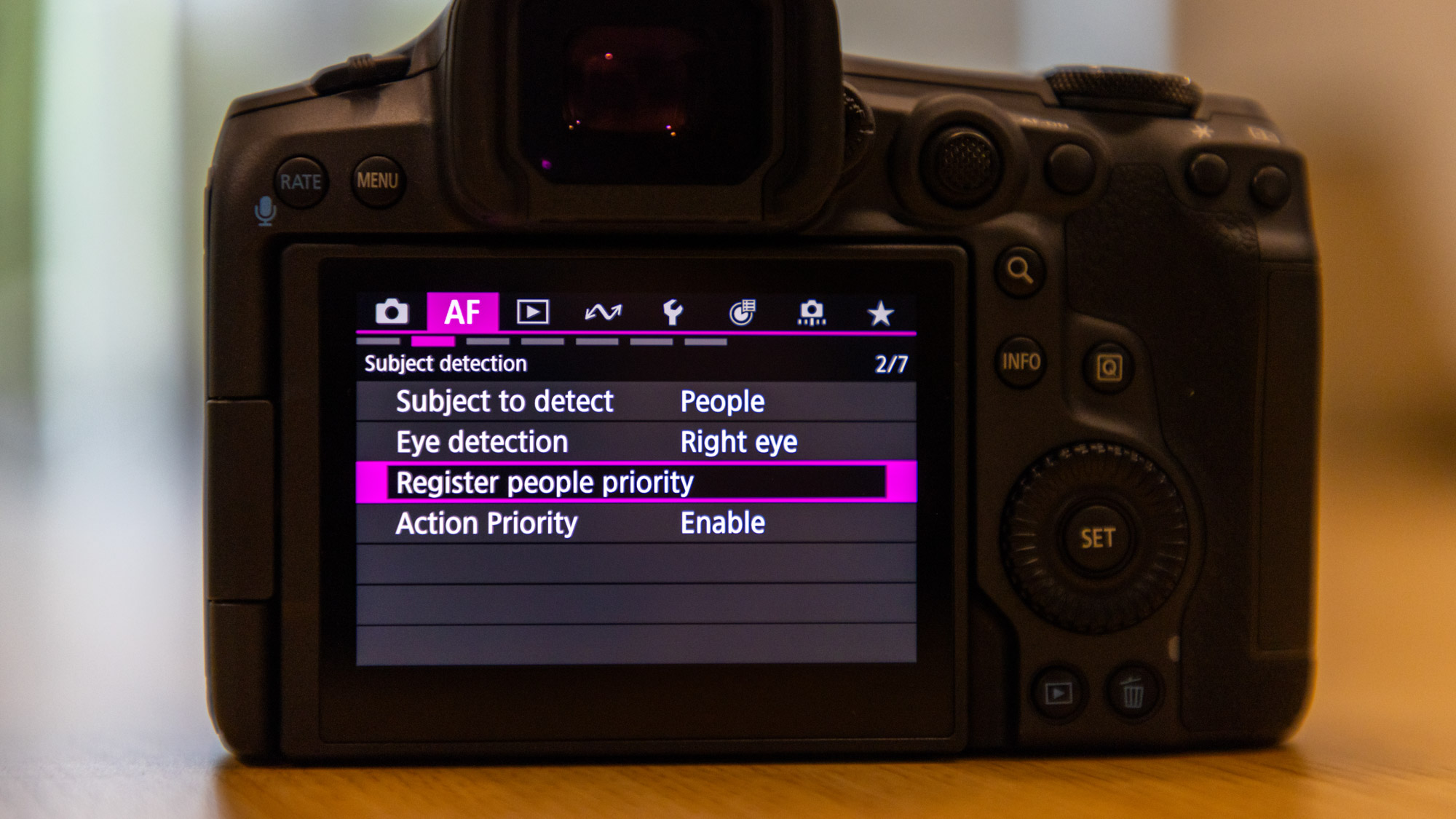
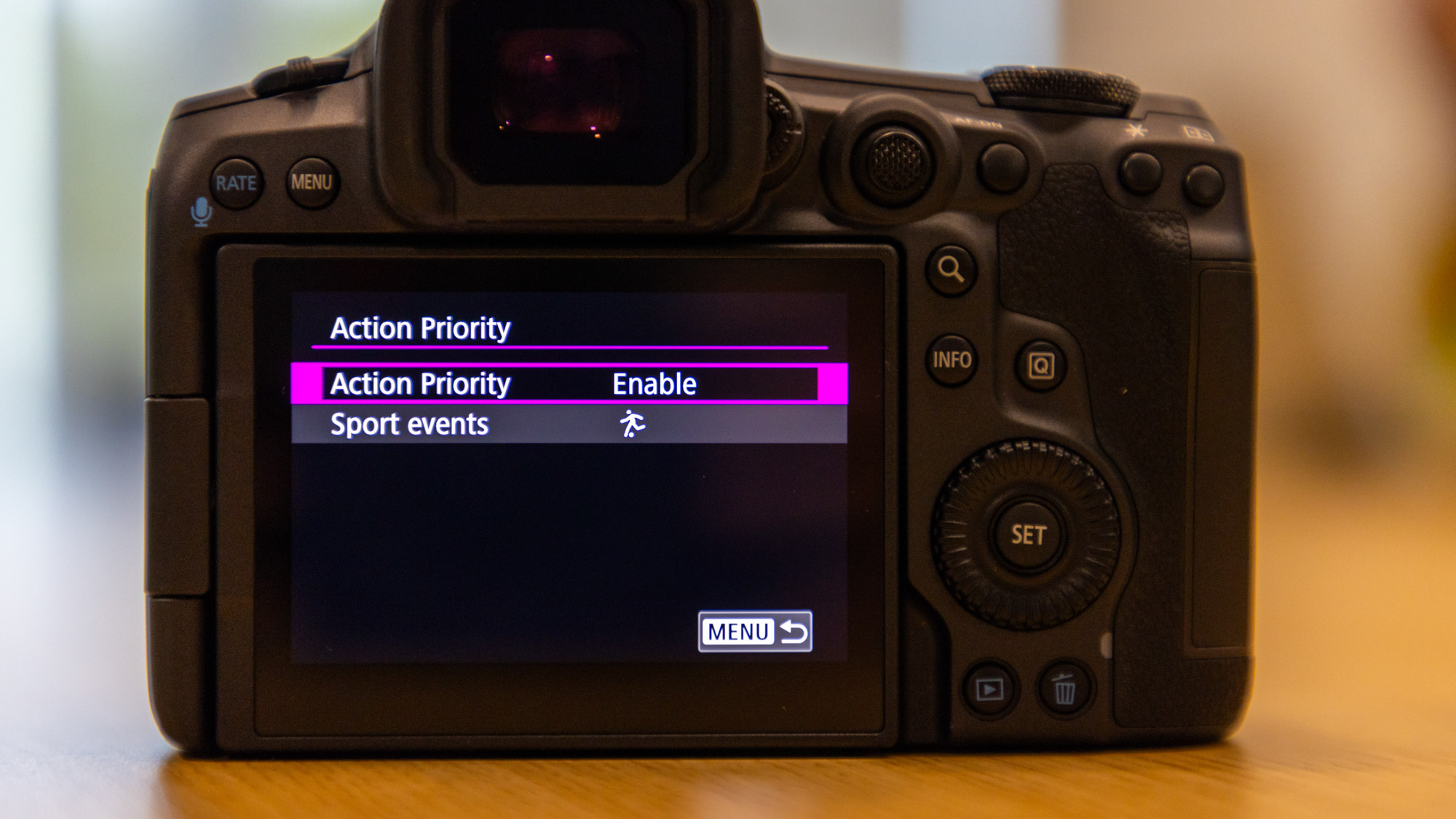
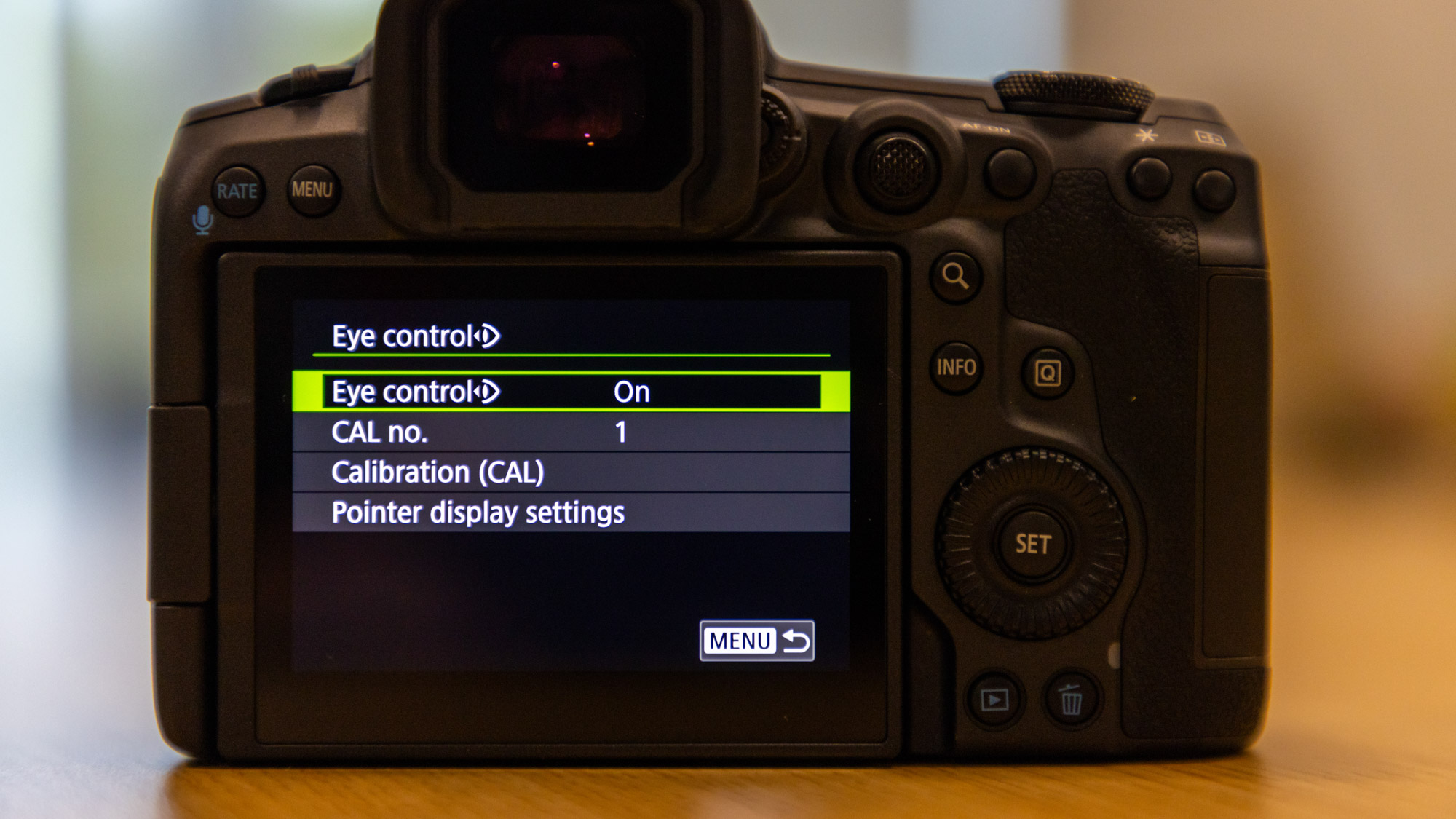
There are brand-new autofocus modes, too, driven by the Action Priority technology with three sub-modes for Soccer, Basketball and Volleyball. Here, a deep learning algorithm predicts where the action is within the scene by tracking the ball to determine the correct player to focus on – even following the ball when it is passed to a teammate or intercepted by the opposition.
There’s a new Registered People setting that enables you to save the faces of key players – or even members of a wedding party, celebrities or anyone else you want the camera to automatically focus on – and you can create sets of up to 10 faces and prioritize them in order of importance.
Like all Canon’s top cameras, you have the option to refine autofocus using Canon’s AF Cases. Canon has now simplified this with Cases 1 through 4 now merged into Case Auto, with the Mark II being clever enough to pick the most relevant case for the subject at hand.
It also boasts Precision Metering which means the metering zones are smaller to obtain a more accurate level of brightness. Where the system in the R3 employed 384 metering zones across the sensor (24 x 16), it now boasts 6,144 zones (96 x 64)for micro-metering even if subjects and faces are too small to appear in traditional zones.
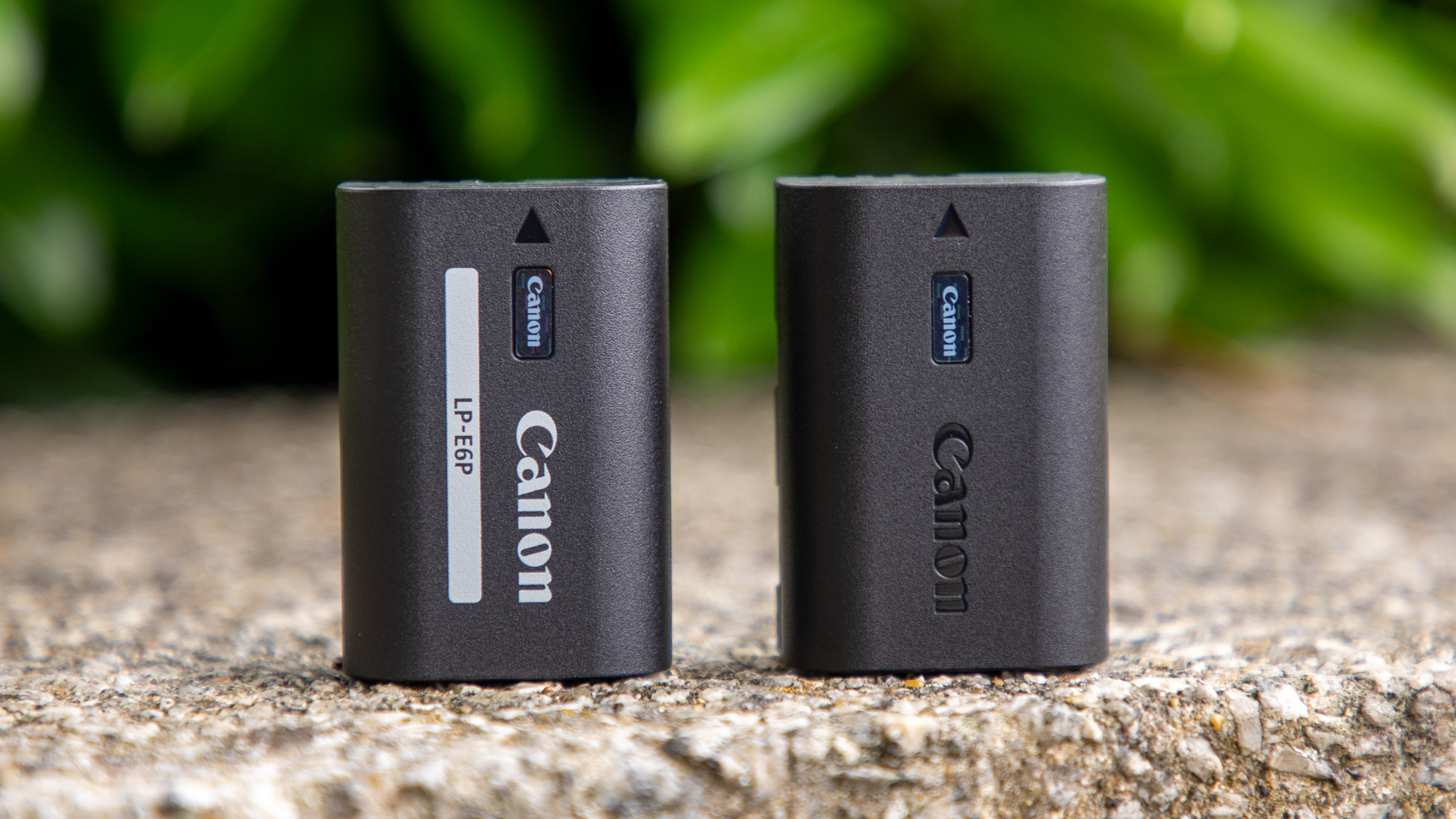
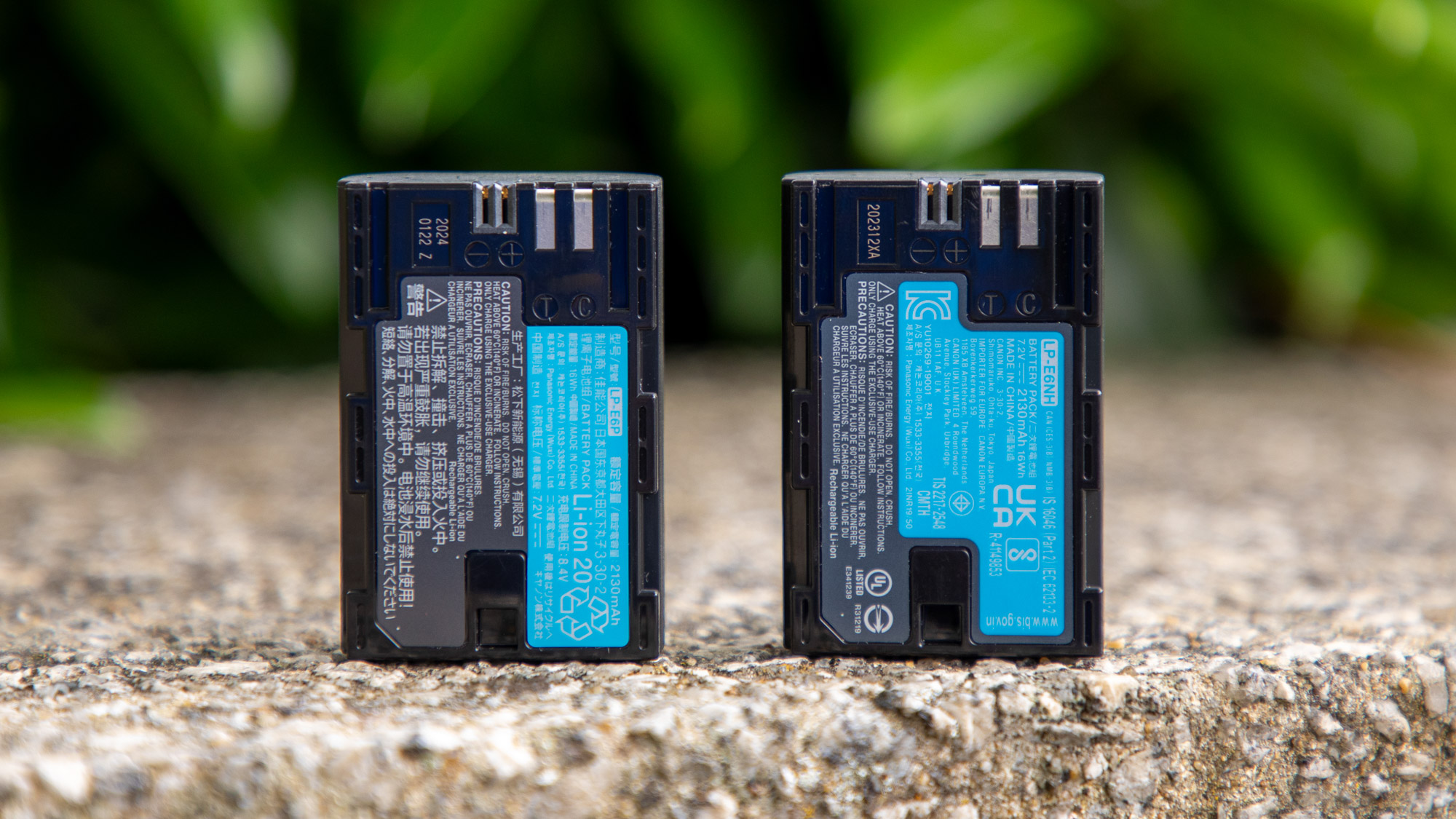
In addition to the ability to upscale images by up to four times in-camera, the R5 Mark II and R1 also use deep learning algorithms to perform Neural network Noise Reduction in-camera. This can reduce noise by up to two stops, and again James thinks this is a genuine game changer.
The battery for the Canon EOS R5 Mark II has also been updated, and now comes shipped with a Canon LP-E6P cell rather than the Canon LP-E6NH. It has the same maximum capacity of 2130mAh, but is said to be a higher quality and more efficient cell with a continuous discharge current of 6.0A. While the Mark II can use the older batteries, you'll need the new LP-E6P batteries to use certain functions such as 8K 60p video and network features.
Canon plans for sales to start on August 20 with the EOS R5 Mark II costing $4,299 / £4,499.99 / AU$6,699 body only or $5,399 / £5,749.99 / AU$8,549 as a kit with the Canon RF 24-105mm f/4L IS USM lens.
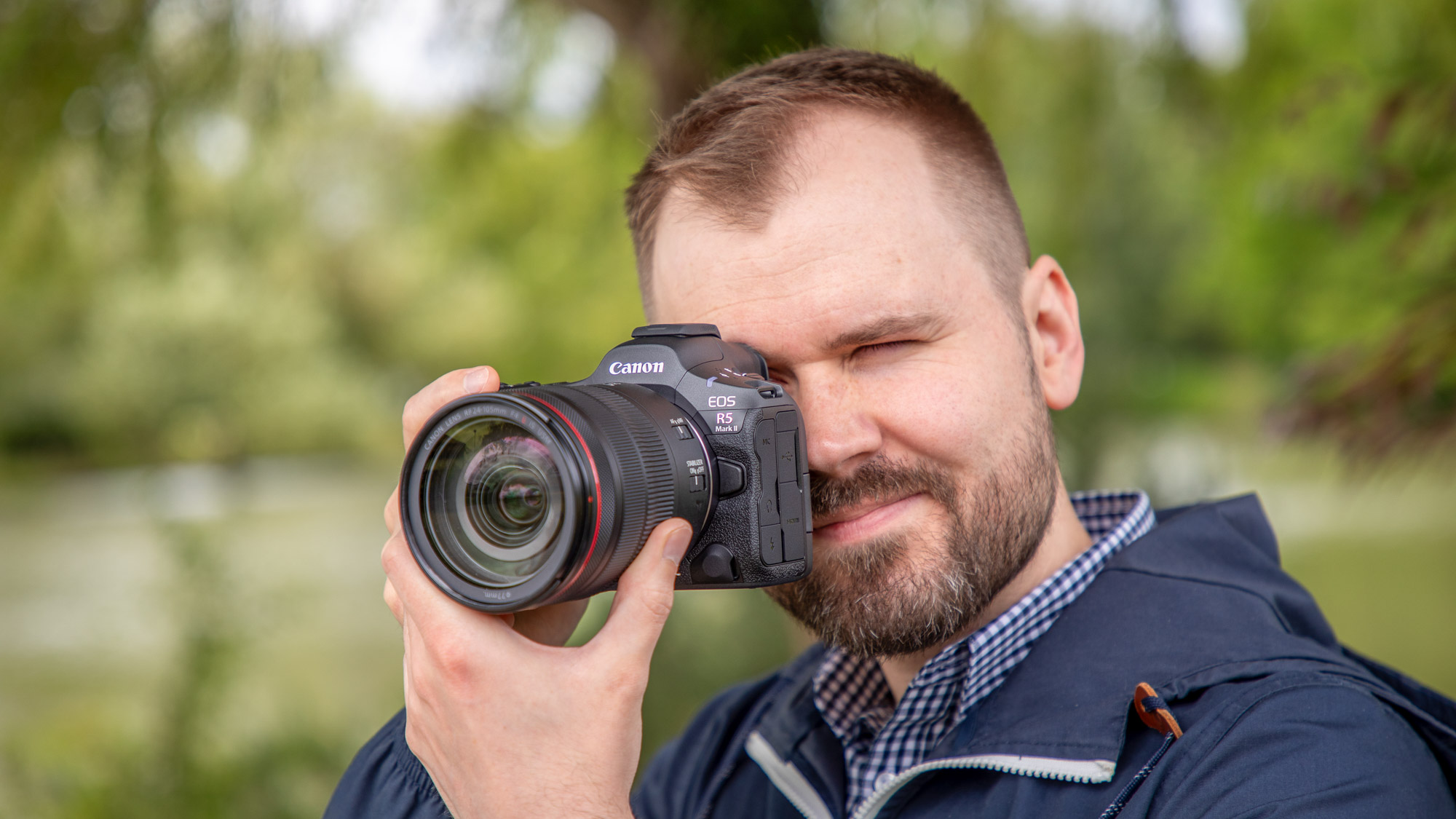
You might be interested in our Canon EOS R5 Mark II review and our Canon EOS R1 review, both written by DCW editor James Artaius who has spent a lot of time using both cameras.







